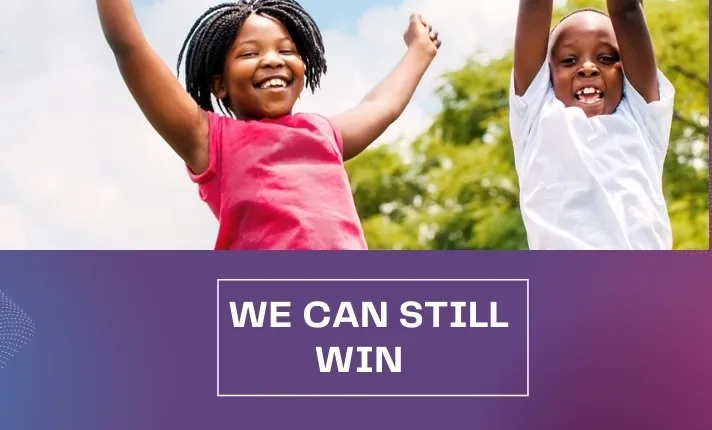Blog Details
WE CAN STILL WIN!

For several years, the unequal representation of black students in the education system has been a point of anxiety for vulnerable households families. Poor children are more likely to be classified as having a biased disorder, such as internal or psychological dementia, and are split into multiple classrooms. Furthermore, after being discovered in this way, these students are more likely to be put in schools with poorer functional academic achievements, lower standards for accomplishment, and greater discrimination associated with special education. While poor kids are more likely to be pupils of black, these situations have sparked fears about institutional racial bias.
Furthermore, data reveals that when black students want specialized services in certain sectors, they are frequently denied. It was discovered that whereas 74 percent of White fourth-grade students with literacy issues receive special education, only 44 percent of Black students and 43 percent of Hispanic children do.
While quality educational system placement is intended to benefit kids, it might limit their career possibilities and opportunities for postsecondary learning. In addition to less educational experiences, enrollment in inefficient gifted programs exposes students to a climate that results to more harsh and repeated punitive proceedings. Failure supply extra consideration to kids who require them, on the other hand, inhibits children who have traditionally been underprivileged from participating in programs designed to help them thrive intellectually.
Regretfully, particular classes of pupils are disproportionately put in special education classifications. According to the United States Department of Education, African American children aged 6 to 21 were more than twice as likely as children of all other racial/ethnic groups to get treatment for childhood trauma and cognitive impairment. Brown children are more likely than any other group to be over-referred and over-identified in qualitative quality education system placement categories.
Training instructors to be fully inclusive is one strategy to address the challenges connected with the special education programs that students of color are frequently put in. To address the paucity of academic subjects that emphasize on educating teachers to educate these children, it was proposed to employ this strategy. An additional explanation for the importance of these courses is that there aren’t enough black instructors in the public education system. As aforementioned, instructors of the same color as their pupils are more likely than instructors of a different ethnicity to be conscious of their pupils’ cultural features. Conducting professional development programs can help instructors improve their cultural intelligence.
Teachers who are trained to be sensitive to cultural differences will be better able to realize the cultural traits of African American and other minority students. For instance, there was a discussion about nine traits of African American pupils that instructors should be recognized in order to prevent misconceptions. Each trait is a reflection of how many of them behaved at school. For example, these pupils’ concept of equilibrium includes an understanding of the relationship between individuals and their surroundings. They are frequently more sensitive to behavioral and environmental signals as a result of this trait. Minority pupils may also demonstrate a willingness to collaborate. Instructors, on the other hand, may view this approach as a flaw. To avoid misunderstandings that lead to recommendations to special education, teachers must be cognizant of these and other cultural features.